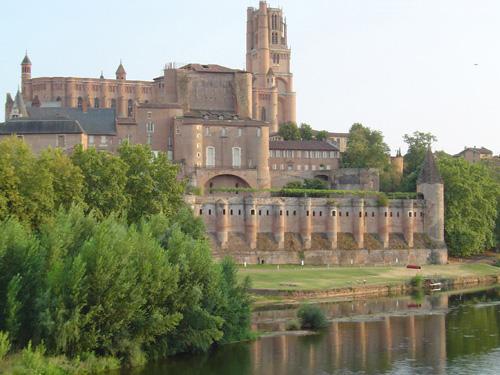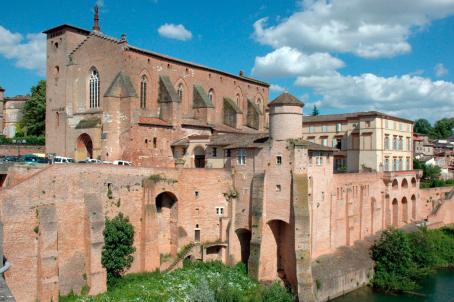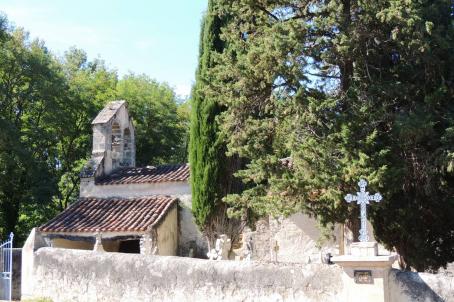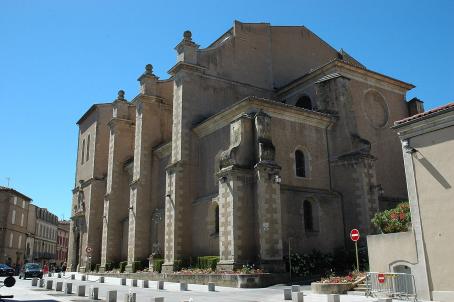Albi Cathedral
The current Albi Cathedral building, made of brick, replaces an old stone cathedral. It was built over two centuries, from 1282 to 1480, with notable complications such as a fire destroying the roof in the 14th century. The interior is richly decorated with paintings from the late 15th / early 16th century. In the 18th century, the façade threatened to collapse and was rebuilt. Its impressive dimensions make Albi Cathedral the largest brick cathedral in the world.
About this building
Model inspired by Cluny, but of lesser proportions. The building has a Latin cross plan, with a semicircular apse flanked by a small chapel. Large pointed arches are present. The main facade is on two levels, and features columns.






